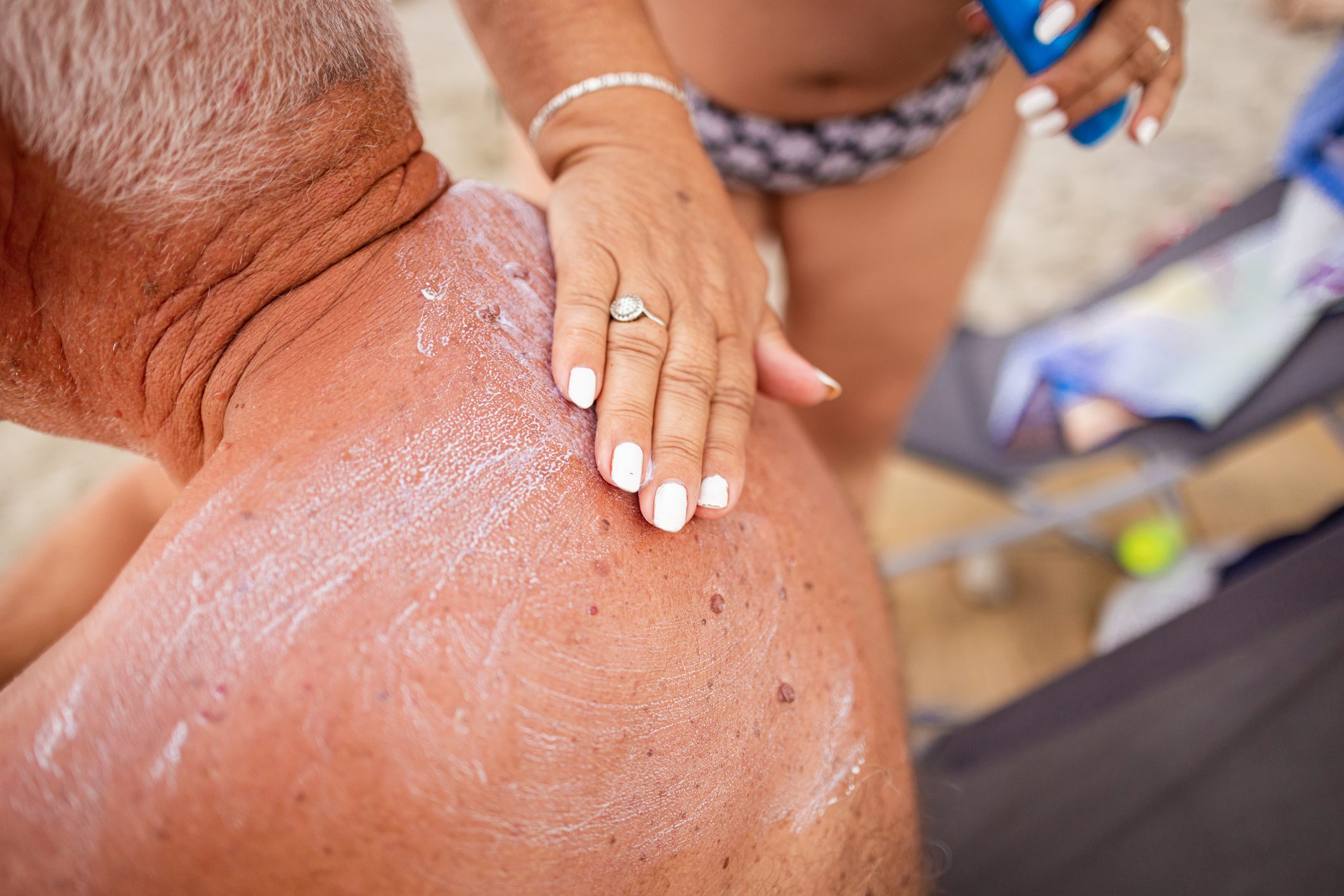Diffuse large B-cell lymphoma is the most common malignant tumor of the lymphatic system. The primary objective of a retrospective clinical study led by Charité-Universitätsmedizin Berlin was to compare systemic and skin-directed therapies in primary cutaneous lymphoma (CBCL) with regard to survival and recurrence rates as well as time to the next line of therapy.
There are few research findings to date regarding the effectiveness of systemic and skin-directed therapies (SDT) in primary cutaneous B-cell lymphoma (CBCL), as well as the respective survival and recurrence rates. The “time to next treatment” (ZZNT) is defined as the time from the start of treatment to the start of the next line of therapy and serves as a surrogate marker for efficacy, toxicity and patient compliance when evaluating treatment options. To date, ZZNT has been evaluated in clinical trials primarily for primary cutaneous T-cell lymphomas.
Methodology
Clinical data from patients of the Central Registry for Cutaneous Lymphoma of the Charité were extracted and analyzed using descriptive statistics. A total of 98 patients with CBCL were identified: 44 with follicular center lymphoma (FCL), 43 with marginal zone lymphoma (MZL) and 11 with diffuse large B-cell lymphoma/leg type (DLBCL-LT). The average age at first diagnosis was 53, 48 and 76 years respectively. The SDT evaluated in this study included excision, radiotherapy, triamcinolone intralesional (i.l.) and topical steroids; systemic therapies included interferon-α (IFN-α), (R)-CHOP chemotherapy and rituximab.
Results
On average, patients received 2 treatments. In patients with FCL, triamcinolone (i.l.), radiotherapy and excision were associated with the longest CNT, averaging 29, 24 and 24 months, respectively (Table 1) . In MCL, excision, IFN-α and radiotherapy were associated with the longest CNT, averaging 23, 15 and 13 months, respectively. In DLBCL-LT, CHOP, excision and rituximab had the largest ZZNT with an average of 38, 32 and 18 months, respectively. Within 5 years of initial diagnosis, 36% and 35% of patients with FCL and MZL respectively relapsed. In patients with DLBCL-LT, the survival rate 5 years after initial diagnosis was 27%.

Conclusion
This retrospective study represents the first investigation of ZZNT in patients with CBCL. In this cohort, FCL and MZL patients relapsed with similar frequency. Aggressive courses of DLBCL-LT have been confirmed in the literature. Compared to systemic therapies, SDT showed superiority in FCL and MZL by an average of 4-16 months. In view of the rarity of CBCL and the nevertheless high number of cases in the present cohort, the results can support clinical treatment decisions.
Source: Cankaya R, et al.: Hautgerichtete oder systemische Therapien bei primär kutanem B-Zell-Lymphom? Eine retrospektive Analyse der Zeit bis zur nächsten Therapieline, ePoster (eP016), Deutscher Hautkrebskongress/ ADO-Jahrestagung, Hamburg, 06–09.09.2023.
DERMATOLOGIE PRAXIS 2023; 33(6): 25
InFo ONKOLOGIE & HÄMATOLOGIE 2023: 11(6): 31












